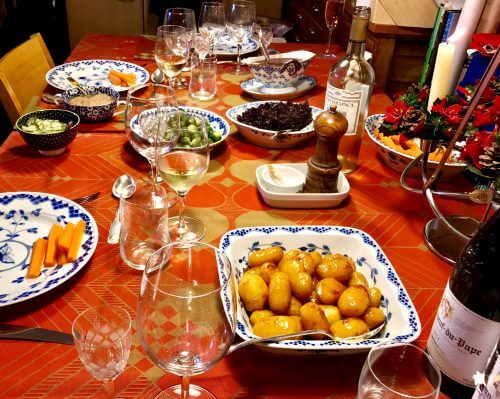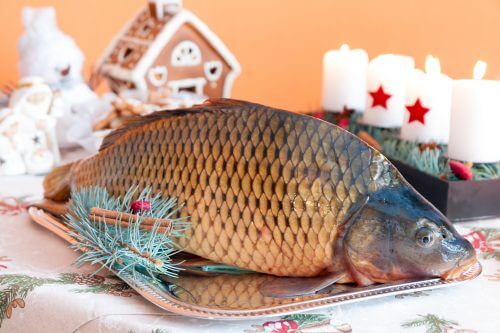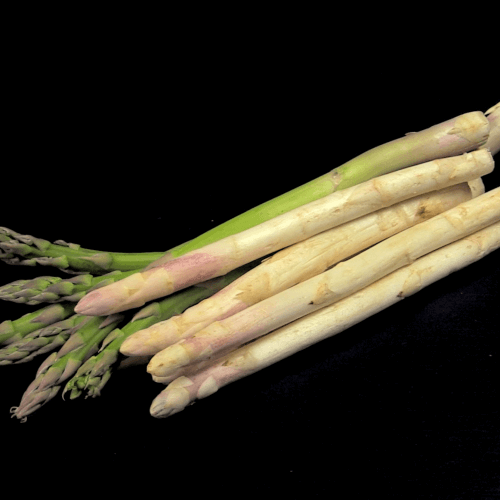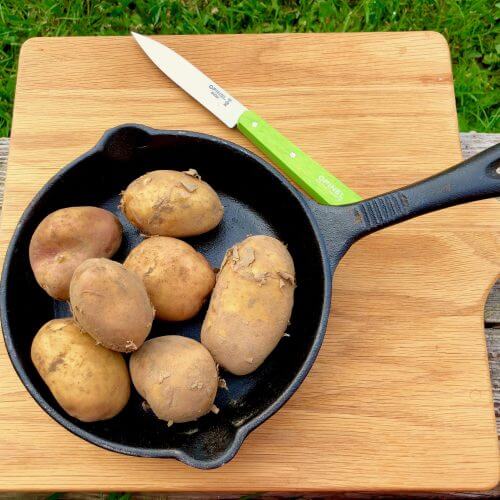Christmas is an important time, even for the non-religious. At the gloomiest time of year, when weather and wildlife offer little comfort, we turn to one another for cheer. It was our ancient communities’ answer to long winters in the northern hemisphere, and still makes perfect sense. Alongside a huge religious feast we have Saint Nicholas Day, the arrival of the new year and a general mishmash of winter rituals rolled together into a wonderful seasonal festival. Given this chaotic mix, why do we have such specific rules about what makes a proper Christmas?
For example: most Christian communities celebrate on the 24th (it’s the UK, US and Commonwealth that focus on the 25th), but the very idea of Christmas dinner on the 24th leaves my friends in the UK utterly perplexed. Many have the same reaction when they hear that I don’t serve turkey! And yet, the British festive season is actually full of foreign influences. Bavarian-style markets, Nordic-style decorations, even the turkey roast was imported from America and only became widespread in the last century.
I recently wrote a short article on this; the modern invention of the ‘Dickensian’ Christmas dinner in Britain and why it’s worth relaxing our definitions about this time of year, drawing inspiration from other festive traditions around the world. Especially when it comes to food.

The Danish Connection
I grew up in Prague, moved to England as a teenager and later married a Dane. So we celebrate on both the 24th and 25th, and why not? An important part of the festive season is bringing people together to enjoy food, drink, warmth and company. Two dates gives you more time to see more people, and these three wonderful traditions offer so many customs and dishes to choose from.
The Danes celebrate on Christmas Eve, where the focus is on a large meal with friends and family, at a richly decorated table. My husband’s family serves a starter of gravlax (a winter classic in Scandinavia), beautifully cured in a mixture of salt, sugar and herbs. It retains the colour and the fresh flavours which are often dulled by smoking or cooking, and is served with rye bread and a rich mustard and dill sauce. The traditional Danish main course is a sight to behold, with a centrepiece of roast duck or goose (sometimes roast pork with crackling). The bird is stuffed with apples, prunes and spices and roasted until the fat has rendered, creating juicy, flavoursome meat and golden-brown, crispy skin. The usual extras include boiled new potatoes, the famous ‘brown potatoes’ (cooked in sugar and butter until coated in a delicious, sticky caramel layer), braised red cabbage, green beans and a thick, tasty brown sauce. It resembles a British roast in some ways, but the textures and flavour palate are remarkably different. For dessert the Danes serve a creamy rice pudding which manages somehow to be amazingly light and rich at the same time. This ‘ris à l’amande’ contains milk, cream, vanilla and chopped almonds and is eaten with a hot cherry sauce. There’s always one whole almond hidden somewhere in there, and whichever lucky diner finds it in their bowl wins a prize! At this point the diners leave the dinner table to gather around the tree, drink coffee, sing seasonal songs and take turns unwrapping gifts, one at a time.

The Czech Connection
In the Czech Republic the Christmas meal derives from an old tradition, still observed in some of Eastern Europe, of fasting until the 25th of December. That means meat was forbidden but fish was permitted and, being a landlocked country, the only choice is fresh water fish – usually carp. In the early 1800s this was served with a thick black sauce to make it sufficiently rich; a preparation which took three days and included almonds, a thick Bohemian plum jam, sultanas, sweet beer, nuts and many spices – absolutely delicious! Carp remained expensive until the 1850s so cheaper fish were often used, but these days carp are farmed in reservoirs, which are drained in December and their fish brought live to market. Many families buy the fish live and keep it in the bathtub, feeding it morsels of bread, until the 24th when it is killed and prepared for dinner. During the nineteenth century the notion of fasting fell away and Viennese influences began to creep in, so the carp was filleted, dipped in flour, egg and breadcrumbs, then panfried to create a crispy outer layer. This remains the dominant version of the dish nowadays, although many younger Czechs reject carp altogether (it does taste a bit like mud!) and replace it with chicken. Other traditional elements remain very popular, like the heavy salad of potato, ham and peas which is pretty much everyone’s favourite, and shows some obvious German influence.

Most Czechs would agree that the starter and dessert are the highlights of the Christmas feast, which begins with a rich soup made from the bones, innards and roe of the fish, plus vegetables and spices. It’s real soul food, and perfect for midwinter. The traditional dessert is called ‘cukroví’, which is an overarching term for small, sweet biscuits, cakes and treats (like petit fors). There are hundreds of different types and the more you serve, the better, to the point where Czech children will argue about whose mum made the most cukroví that year. On average, you can expect at least 15 to be served at Christmas, made in large batches so they last throughout the festive season.
Festive Fusion
There’s no need to describe the British Christmas here, but I will say that during my very first winter in the UK I fell in love with the British traditions surrounding this time of year. Roast chestnuts, Christmas cake, figgy pudding and even sprouts (trust me, if they’re cooked right they can be awesome).
I admit to having never served turkey at Christmas, but there’s plenty of British influence on my dining table alongside the Danish and Czech. These days I give my gravlax an English twist by curing it with gin, and I will fry fish goujons in Guiness batter for a tasty Czech-British fusion starter.
My main course this years will be a whole goose, slow roasted and smoked in a whisky and miso glaze, taking its cue from both Danish and British tradition. I will definitely be serving sprouts with that, halved and pan-fried with bacon, chestnuts and cranberries. The Danish red cabbage and brown potatoes will go beautifully with these elements, and are both too delicious to leave out anyway! The dessert is still up in the air – I could end up with ris à l’amande, cukrovi or figgy pudding, or even all of the above!
Of course, there are loads of other national or local traditions to draw on for inspiration. In my house we have often incorporated the Italian Christmas tradition by serving lobster as a more extravagant starter. I also make a German ‘stollen’ almost every year and, if I get the time, Russian honey cakes, both of which are delicious.
Everyone should have their own family or personal traditions to return to during the festive season, but there’s no sense in keeping everything the same year after year. The culinary world has changed beyond recognition in the last few decades and, whatever the politics of the moment, cultural interchange has hugely enriched the options available to us when planning a really special feast. We would be crazy not to take advantage.




